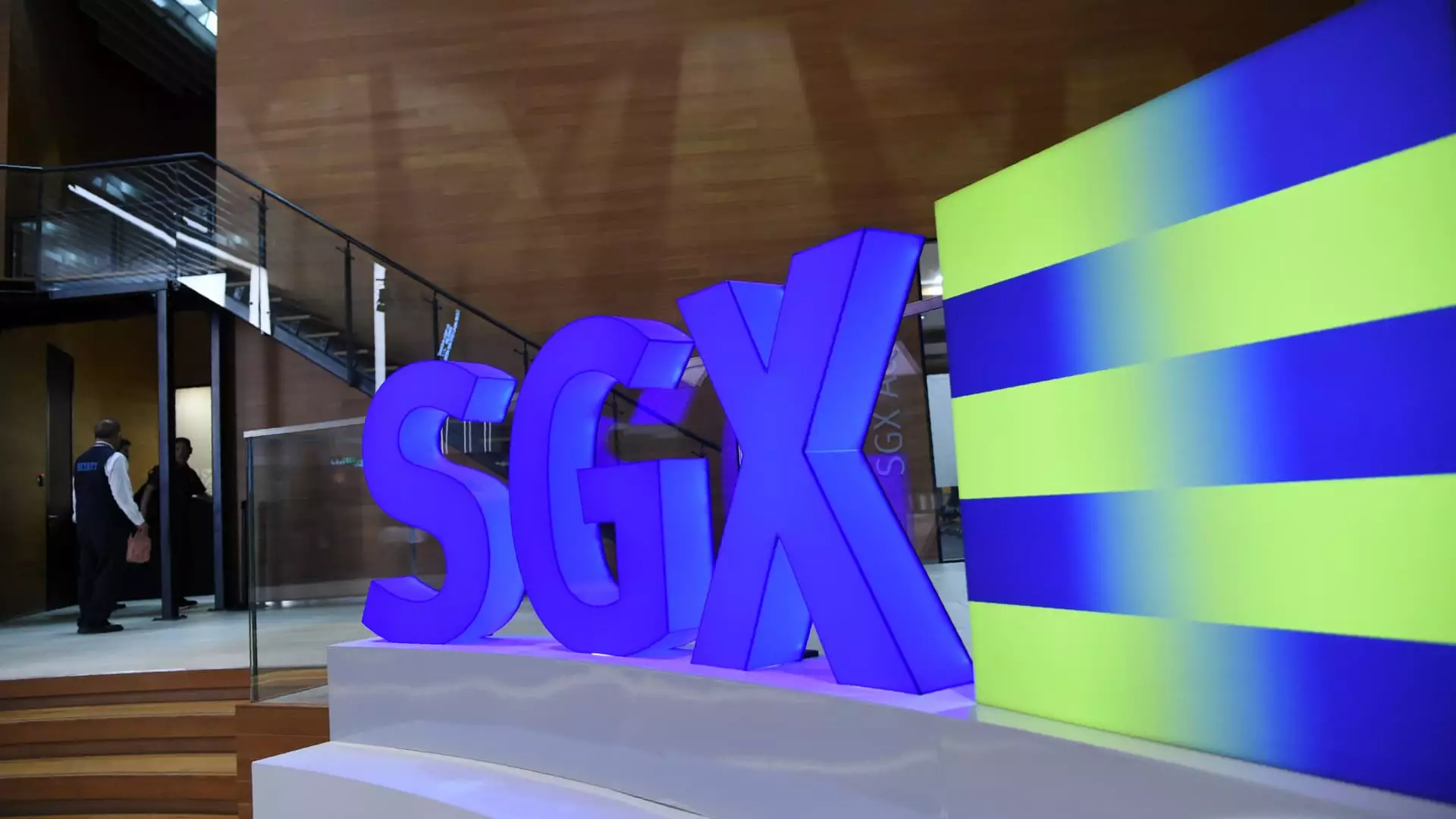The Singapore Exchange (SGX) has recently become the first exchange in Asia to offer trading in “structured certificates.” These financial instruments are issued by a third party and are based on underlying assets, such as a single stock or an equity index. While this new offering by SGX has generated interest, it remains to be seen whether it will significantly benefit the exchange or boost its trading volumes. In this article, we will critically analyze the potential impact of structured certificates on the SGX and the broader market.
Uncertain Demand and Potential Benefits
According to Thilan Wickramasinghe, Maybank’s head of research in Singapore, it is still too early to determine whether there will be sufficient demand for these specific securities. The market will likely take several months to gauge investors’ appetite for various names, including tech names, Hong Kong names, U.S. names, and Japanese names. While SGX’s head of securities trading, Serene Cai, mentioned increased interest from issuers and distributors since the launch, the long-term effects on SGX’s trading volumes and earnings remain uncertain.
SGX sees the introduction of structured certificates as a positive development as it broadens the range of investment options available to the market. This move is significant considering the exchange’s past reputation as being “boring” and “unexciting.” With more delistings than IPOs in recent years, SGX has struggled to maintain trading volumes. However, by diversifying its equity-linked product base and offering options like depository receipts and structured certificates, SGX aims to drive incremental market interest.
The Potential for Market Advancement and Transparency
While structured certificates are not expected to have an immediate material impact on SGX’s earnings, they could provide investors with easier access to underlying securities in other markets. Michael Syn, senior managing director and head of equities at SGX, expressed confidence in the market’s development and maturity as more structured certificates are listed. One of the key benefits of listing structured certificates is transparency. Unlike over-the-counter (OTC) positions, listed certificates offer daily pricing and the ability for investors to liquidate their positions easily.
Despite the potential benefits of structured certificates, growing this market in the short term will require significant efforts from all involved. Adam Reynolds, Asia-Pacific CEO from Saxo Markets, pointed out that the OTC distribution model typically involves private banks distributing structured products to high-net worth clients, resulting in embedded fees for creators and distributors. However, with listed certificates, fees paid to distributors are eliminated, potentially disadvantaging the growth of the listed certificate market.
European Influence and Singapore’s Unique Position
Structured certificates are more popular in Europe, where investors prioritize yield. In Asia, these certificates were previously only available OTC through private banks for accredited investors. Listing them on the SGX expands the distribution perimeter, making them accessible to a broader range of investors. Singapore’s status as a wealth management center and the desire for yield enhancement products contribute to the appeal of structured certificates. In the current market environment, with flat equities and increased base rates, investors seek yield enhancement for range-bound trading.
Some structured certificates, including those offered by SGX, have an autocall feature and serve as yield enhancement certificates. These certificates expire after a set time, guaranteeing investors a fixed coupon rate or return. For example, if a certificate offers a 10% coupon, investors will receive a 10% return upon expiry, regardless of whether the stock’s value has increased beyond 10%. This feature is attractive when investors anticipate range-bound markets, as the coupon rate is likely to exceed capital gains.
A Balance Between Risk and Reward
Investors interested in structured certificates must believe that the stock’s value will not rise significantly beyond the coupon rate. Otherwise, they risk missing out on potential capital gains. If the stock price declines, investors receive the shares at the current market value upon the certificate’s expiry. Therefore, investors must be willing to purchase the stock before acquiring the structured certificate, indicating their confidence in its performance.
The introduction of structured certificates by the Singapore Exchange marks a significant development in the Asian market. While the demand for these securities remains uncertain, SGX’s move to broaden its product base could drive incremental market interest. The transparency and accessibility offered by listed certificates may attract investors seeking diversified investment options. However, challenges related to market growth and fee structures must be overcome for the structured certificate market to thrive. As investors navigate the complexities of structured certificates, they must carefully assess the balance between risk and reward, ensuring their investment strategies align with their expectations.


Leave a Reply